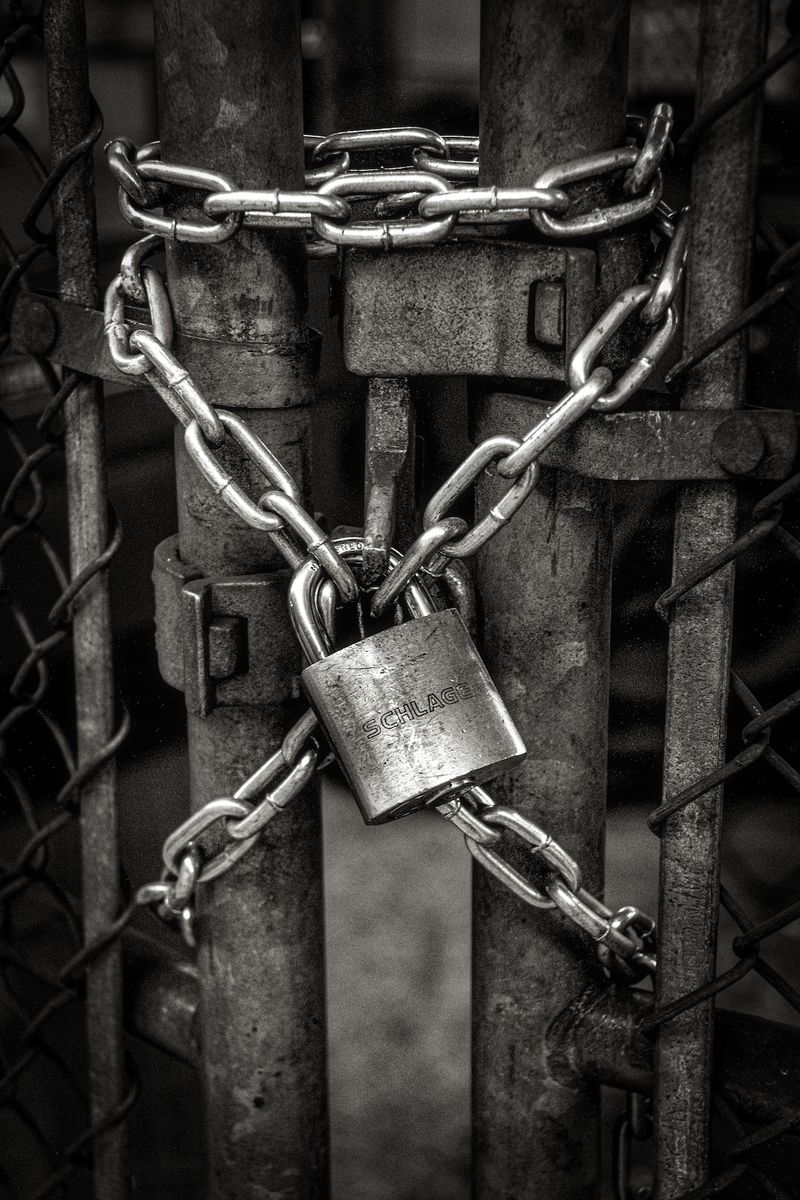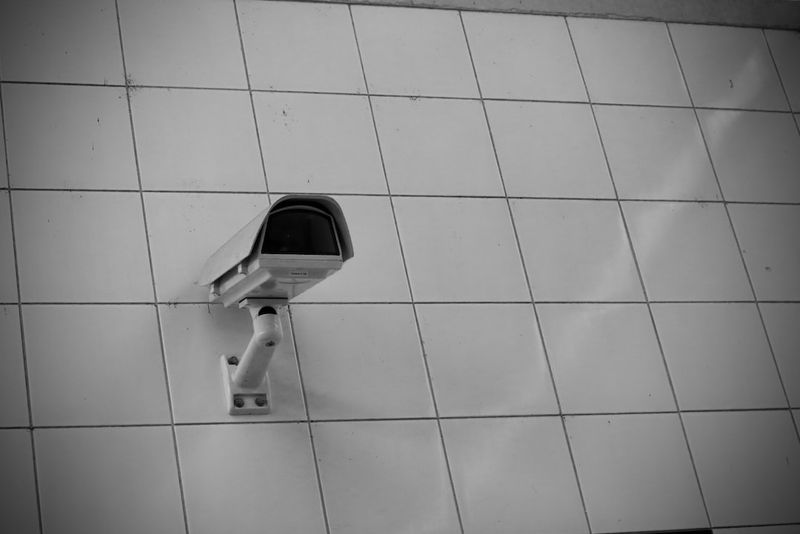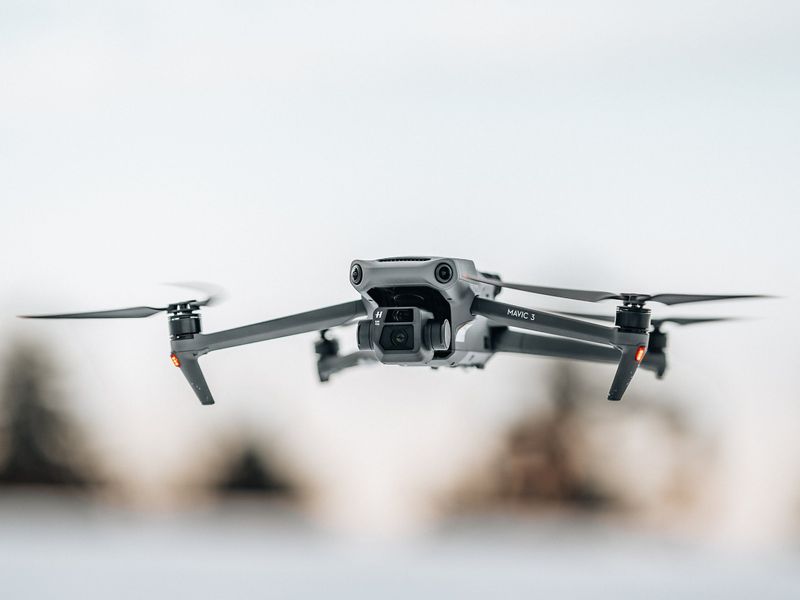UK Royal Family Website Targeted in DDoS Attack
The official website of the UK royal family experienced a distributed denial-of-service (DDoS) attack on Sunday, Oct. 1, resulting in a temporary downtime of approximately 90 minutes. Pro-Russian hacktivist group KillNet claimed responsibility for the attack, stating that it was an “attack on pedophiles” in a Telegram post. While KillNet’s attribution has not been independently verified, it is not the first time the group has engaged in such activities in the name of Russian nationalism.
Motivation behind the Attack
Eli Nussbaum, managing director at Conversant Group, suggests that KillNet’s actions can be seen as part of their modus operandi, which aims to bring attention to their political cause and shift popular support. In this case, the attack came just 10 days after King Charles condemned the Russian invasion of Ukraine during a speech at the Palais du Luxembourg in France. This suggests that KillNet’s attack was a response to the King’s remarks, aimed at widening the battlefield and influencing public opinion in Ukraine’s allies.
Warning from the UK National Cyber Security Center
The UK National Cyber Security Center had previously warned about the activities of Russian state-aligned threat actors causing disruptions in the country. While their cyber activities often focus on DDoS attacks, website defacements, and the spread of misinformation, there is a concern that they may aim for more destructive impacts on critical national infrastructure in the future.
Protecting Against DDoS Attacks
Experts emphasize the need for organizations to implement robust cybersecurity measures to defend against DDoS attacks. Alongside general cyber protections, safeguarding Domain Name Servers (DNS) and ensuring scalability of systems to handle amplified loads are crucial. Opting into DNS-based DDoS protection services is recommended as a first step to mitigate the impact of such attacks.
While DDoS attacks are not as crippling as ransomware attacks, the targeted attack on the highly visible website of the UK royal family sends a clear message. It serves as a warning that even high-profile entities are not immune to cyber threats and highlights the widespread reach and power of cybercriminals.
Opinion and Advice
The recent DDoS attack on the UK royal family website raises concerns about the security of highly visible organizations and the potential consequences of such attacks. It is essential for both public and private entities to prioritize cybersecurity and adopt proactive measures to protect against cyber threats.
This incident underscores the need for governments and organizations to invest in comprehensive security infrastructure that not only safeguards against DDoS attacks but also addresses other potential cyber threats. Cybersecurity measures should encompass robust defenses, continuous monitoring, and the ability to respond swiftly and effectively to any breach.
Furthermore, international cooperation and information sharing among nations are crucial in tackling cyber threats that transcend borders. Governments must work together to combat cybercriminals and establish international laws and regulations that deter and penalize cyber attacks.
Individuals should also take steps to protect themselves online by practicing good digital hygiene. This includes regularly updating software, using strong and unique passwords, and being cautious when sharing personal information online. Additionally, individuals should be wary of suspicious emails, links, and attachments, as these can serve as entry points for cyber attackers.
In an increasingly interconnected world, cybersecurity is of paramount importance. Organizations and individuals alike must stay vigilant and prioritize the protection of sensitive information and critical infrastructure to safeguard against cyber threats.

<< photo by John Salvino >>
The image is for illustrative purposes only and does not depict the actual situation.
You might want to read !
- Defending Against Cyber Threats: Microsoft’s Latest Patch Release Targets 103 Flaws, Including Active Exploits
- The Dark Web’s Latest Market: Chinese Surveillance Camera Access
- The Quest for Safer AI: Strengthening Robustness for Enhanced Security and Reliability
- Microsoft and Atlassian Unite to Counter Nation-State Hackers Exploiting Critical Confluence Vulnerability
- The Rising Threat: Balancing Cybersecurity and Economic Uncertainty
- Protecting High-Profile Targets: Unveiling the EvilProxy Phishing Kit Threat
- Nokia’s Partnership with K2 Telecom: Enhancing Security and Generating Revenue for Brazil’s Telecom Industry
- The Impact of the Student Loan Breach: 2.5 Million Records Compromised
- 23andMe Cyberbreach: Delving into the Implications of Exposed DNA Data and Potential Family Connections
- Breaking Down the Ongoing Threat: Unveiling Over 3 Dozen Data-Stealing Malicious npm Packages
- The Key to Defeating Digital Criminals: Embracing Basic Cyber Hygiene Practices
- Cybersecurity Breaches: From Peril to Impunity
- Blindsided by a Cyber Siege: Unraveling the Unprecedented Scale of the Largest-ever DDoS Attack
- The Unraveling Threat: An In-depth Look at the Critical SOCKS5 Vulnerability in cURL
- The Hidden Network: Unmasking the DarkGate Operator’s Malware Distribution Tactics
- The Hidden Threat: How Spyware Creeps Through Online Ads
- The Dark Reality: Alarming Increase in Child Sexual Abuse Content and Online Hazards Poses a Growing Threat to Children
- Tech Distrust: Unveiling the Findings of the Malwarebytes Survey
- The Middle East’s Uphill Battle: Addressing DFIR Challenges
- Bridging the Divide: Uniting Efforts in Addressing a Breach
- Reevaluating Risk Management: Unpacking the Significance of NIST Framework 2.0
- A Deeper Dive into Digital Security: The Latest Developments in Protecting Your Data
- Title: The Urgency of Securing Adobe Acrobat Reader: A Critical Warning from U.S. Cybersecurity Agency
- Bolstering API Security: The Role of Artificial Intelligence




